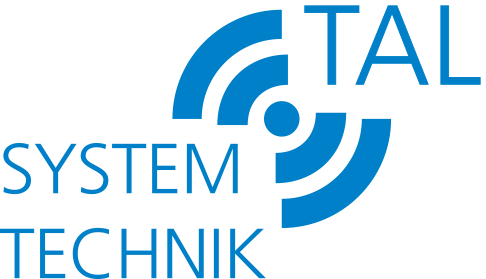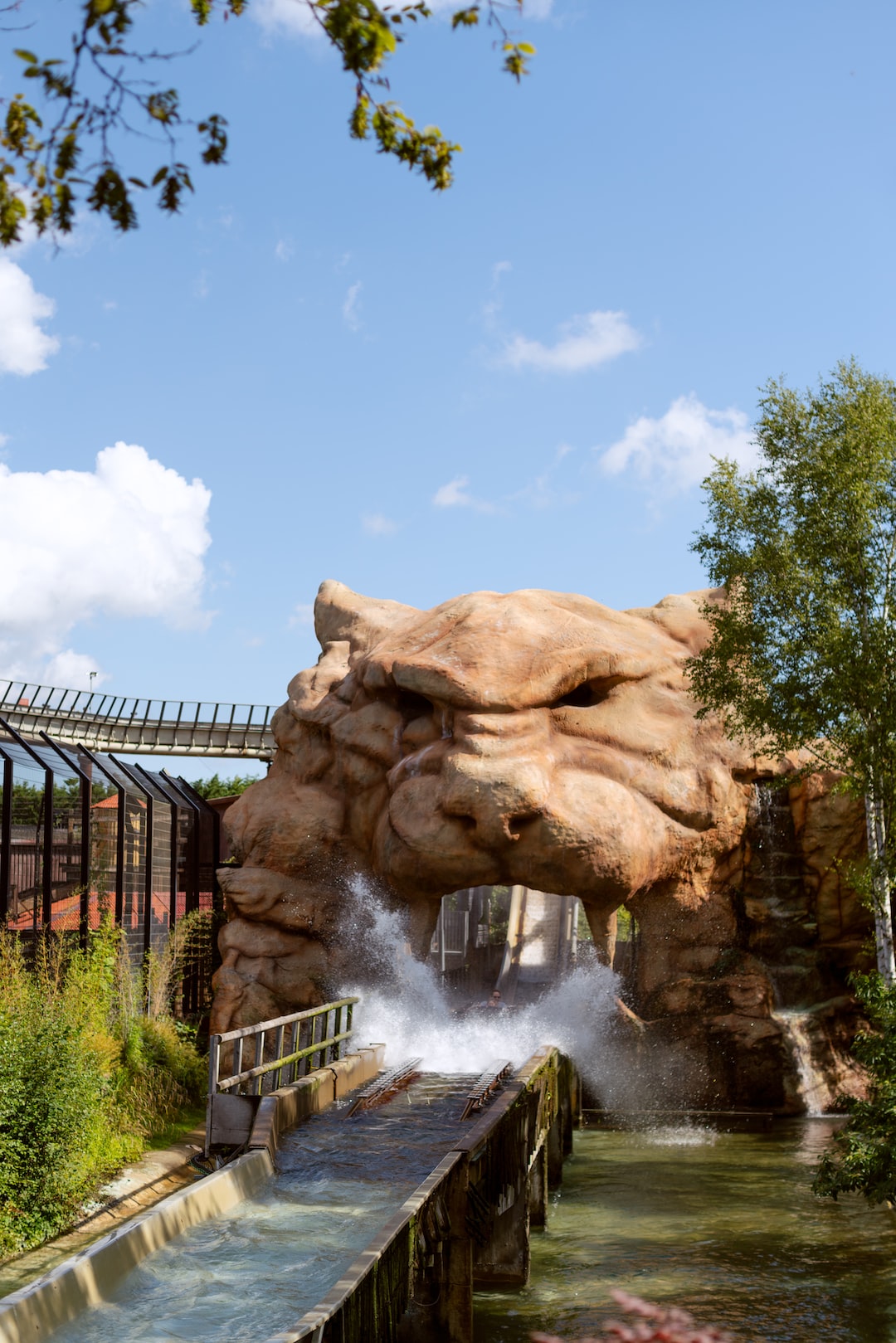How Predictive Maintenance Saves Costs in Railway Infrastructure
Railway infrastructure is an essential component of modern transportation systems, ensuring the smooth and efficient movement of goods and passengers. However, maintaining and managing this vast network comes with numerous challenges and significant costs. To mitigate these challenges and reduce expenses, railway operators are increasingly adopting predictive maintenance techniques. This article explores how predictive maintenance can prove beneficial for railway infrastructure by saving costs and improving overall efficiency.
Predictive maintenance involves using advanced technologies and data analysis to identify potential defects and failures in railway infrastructure before they occur. This proactive approach allows operators to schedule maintenance activities strategically, preventing costly breakdowns and minimizing disruptions. By integrating predictive maintenance techniques, railway operators can systematically monitor track conditions, rolling stock performance, and other critical components to proactively address potential issues.
One of the main advantages of predictive maintenance is its ability to extend the lifespan of railway infrastructure. Regular inspections and proactive replacement of worn-out or damaged components significantly reduce the risk of major failures, thereby avoiding costly repairs and potential accidents. By identifying and rectifying minor issues promptly, predictive maintenance ensures smooth operations and prevents small problems from escalating into large-scale emergencies.
Furthermore, integrating predictive maintenance techniques can enhance the overall reliability and safety of railway infrastructure. By constantly monitoring vital components like rails, switches, and signals, potential hazards can be identified and addressed before they compromise the safety of trains and passengers. This proactive approach not only minimizes the risk of accidents but also reduces costly service interruptions and delays caused by unexpected failures.
Cost savings are one of the most significant benefits offered by predictive maintenance. By avoiding unplanned downtime and mitigating emergency repairs, railway operators can minimize operational costs and optimize asset utilization. Furthermore, predictive maintenance allows for better planning and resource allocation, as maintenance activities can be scheduled during low-demand periods, reducing the impact on regular operations. This efficient allocation of resources directly translates into cost savings for railway infrastructure operators.
In conclusion, the integration of predictive maintenance techniques in railway infrastructure has proven to be a game-changer. Through constant monitoring and data analysis, potential defects and failures can be identified and addressed proactively, ensuring the smooth functioning and safety of the system. By extending the lifespan of critical components and minimizing costly repairs, predictive maintenance saves significant costs for railway operators. Moreover, by optimizing maintenance activities and resource allocation, it enhances overall efficiency and minimizes disruptions. Therefore, it is evident that predictive maintenance is a crucial tool for the modernization and cost-savings of railway infrastructure.
(Word count: 395)
************
Want to get more details?
TAL Systemtechnik GmbH
https://www.tal-systemtechnik.de/
+49 7731 68405
Byk-Gulden-Straße 36, 78224 Singen
TAL Systemtechnik GmbH – Wir produzieren und liefern Ihnen konfektionierte Dämmstoffe nach Maß, Akustische Dämmung zur Schallisolierung, den TL flexibler Abgasschlauch hitzebeständig und diverse Schallschutzvorhänge für die Industrie.
For more information on konfektion dämmstoffe contact us anytime.

